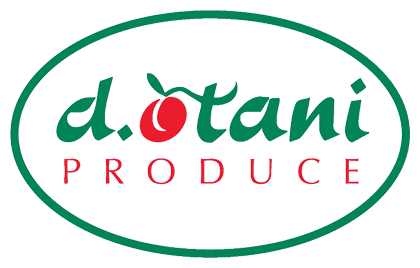In my early days as a produce manager, I had the opportunity to learn from some of the best in the business. They really knew how to sell produce and did so without spreadsheets or category management programs to influence them. They simply chose certain items, pushed them over the phone and visited store to make sure that product was out on the floor in massive displays.
Back then the district produce supervisor would call every Monday afternoon to promote a hot item. My first experience with him taught me how to sell plenty of product. I could visualize him now shouting over the phone in his deep gruff voice, “I’m sending you 50 cases of mangos and want you to set up a big display on the sales floor.”
Of course I made an awful mistake by responding that it seemed like a lot of mangos for our store to take. He shouted back, “I can’t hear you. There’s something wrong with my phone. I’ll make it 75 cases. Now stop complaining and start selling. Put all 75 cases out on a big display.”
I knew that he would be visiting my store during the week, so I built a massive display with all 75 cases. To my amazement, they sold out within just four days. Afterward, he told me he should have sent me 100 cases.
From that one early experience I learned how to sell aggressively. If the mangos were displayed in a normal tropical section a few cases at a time, we would have been stuck with most in the end.
Those were fun days. We had motivators for leaders who would never allow anything or anybody to get in the way of setting up big in-store displays. It was all about selling massive amounts of product by getting it out in front of the customers.
Today is a different time. It’s a time that many of us don’t care for in the way of trying to sell big. A number of companies don’t allow freestanding displays on the floor or a waterfall spillover off a table. Some want limited product displayed because of a strict shrink program. Other companies do not allow displays in the lobby entrance or a few bins of produce items at the outside storefront.
There are companies actually operating in a vacuum by not recognizing that merchandising is more than just stocking product on a display one level high.
Almost every function in the supermarket today is operating on a part-time basis. Therefore, we wind up with “part-time displays.” These part-time displays achieve only half the sales they are capable of generating. Stores are now selling by new rules — you can’t display those apples in the lobby, you aren’t allowed more than two layers high on the bagged potatoes, you can’t waterfall the peaches, no displays are allowed in the aisle — and so on.
Nonsensical display policies now control sales. We have actually placed aggressive selling into solitary confinement, and that’s quite scary.
There is more to selling produce than offering the same weekly advertising programs. Anybody could sell advertised items. Ad items are low priced and low prices mean lower sales. Other items need the big push on sizeable displays to pick up the slack in incremental sales and for gross profit mix.
Something is wrong with our produce business. It is taking us off track and leading us down a dark alley to be strangled by too many illogical policies and obstacles. Just when we think we’ve seen everything, along comes another new way of “how not to do business.”
Ever wonder what causes a sales slump? People do. In meetings, they blame pricing, competition, availability, weak advertising programs, late deliveries, the weather, etc. In most cases, it’s nothing more than substandard conservative product merchandising. Sales growth comes from smart, well-planned and aggressive displays.
Sales volume is an essential parameter for survival and financial growth of a company. When those sales are down, management can’t keep doing the same drastic thing — discourage people from selling product aggressively.
We need to put aside these harmful display mandates and get back into selling produce big time again — in the lobby, at the storefront, down the aisle and wherever a display can be set in place.

